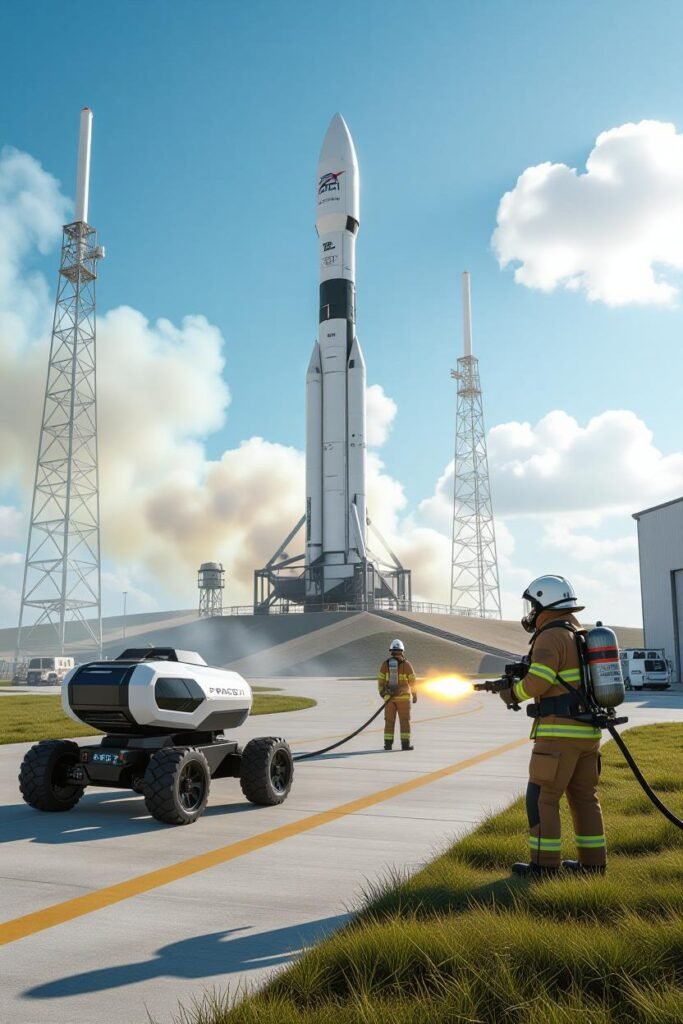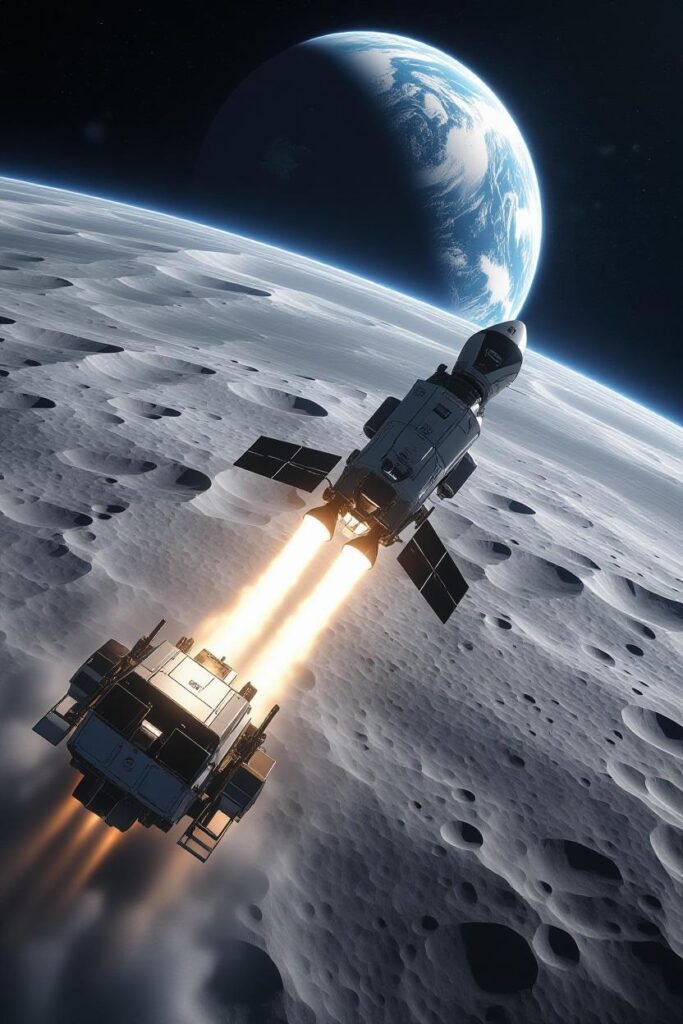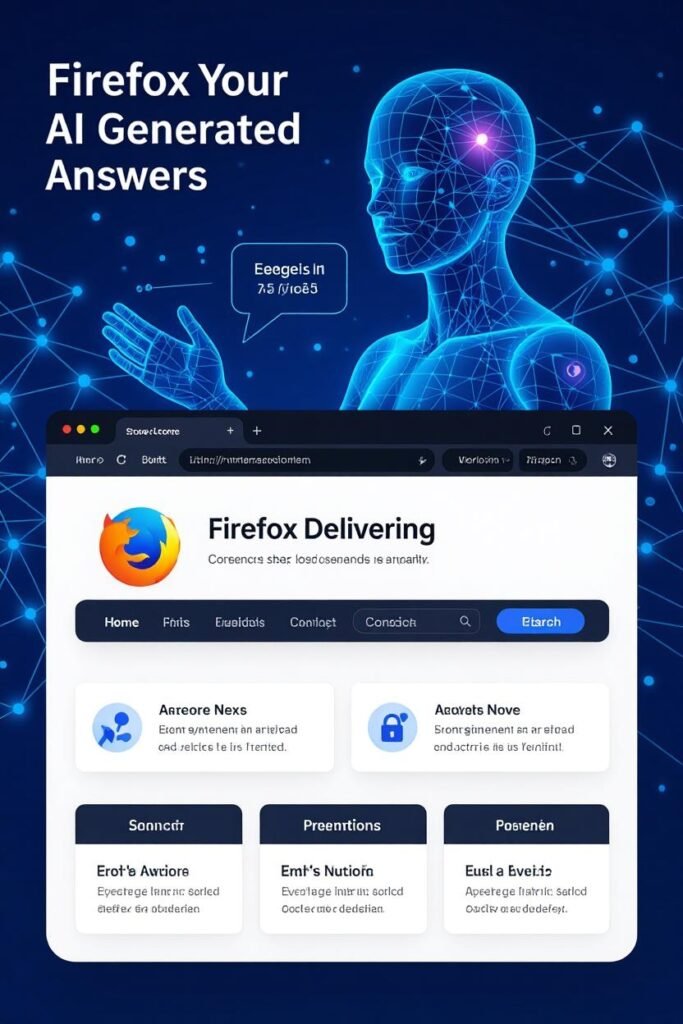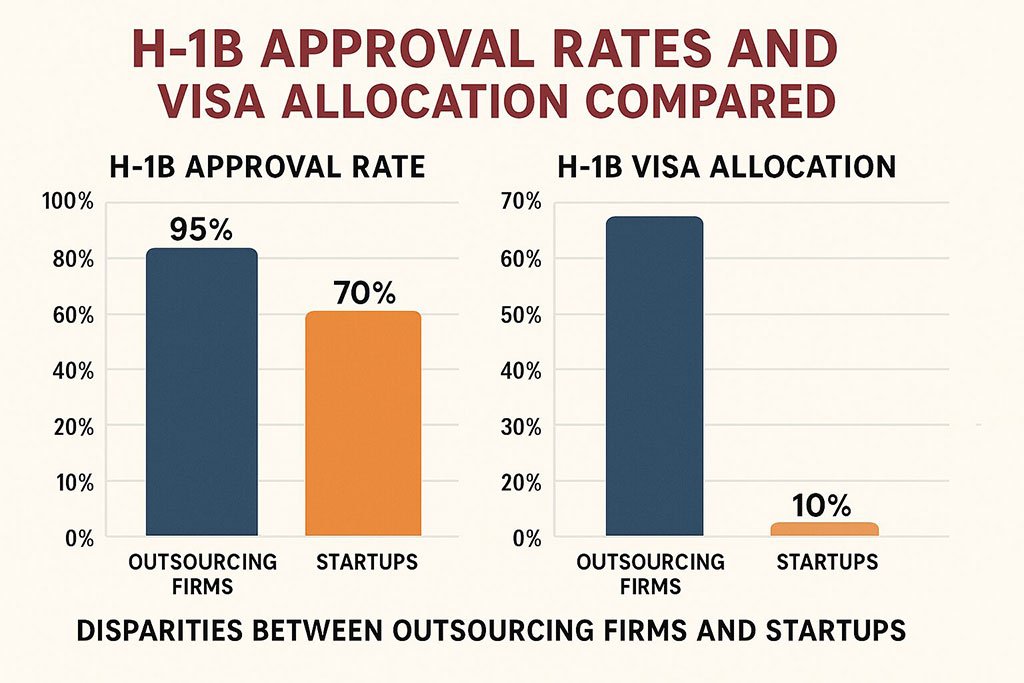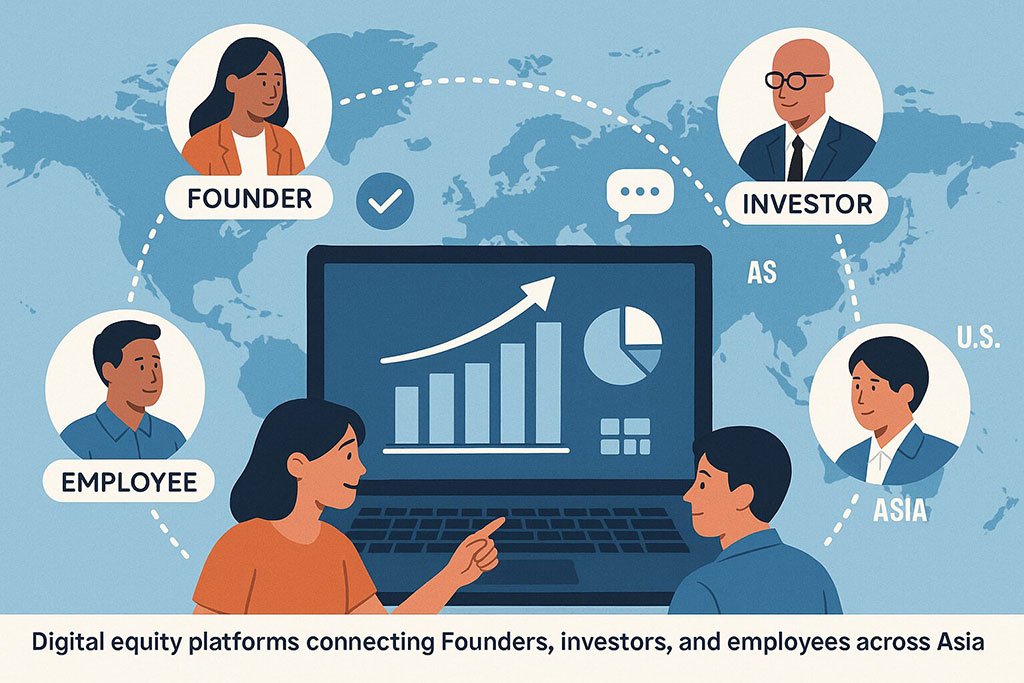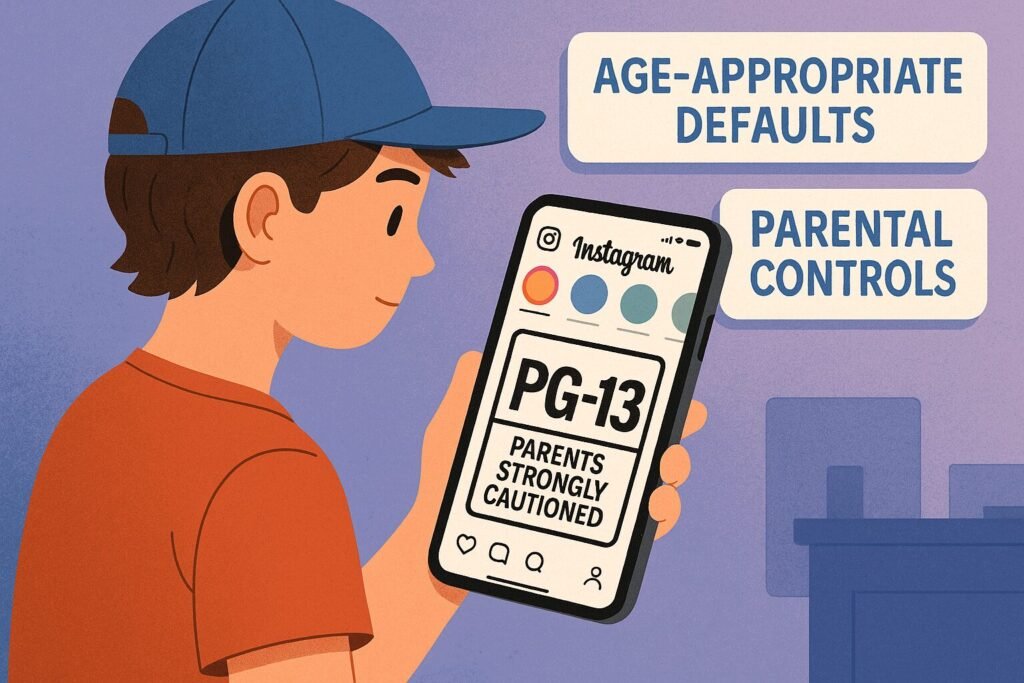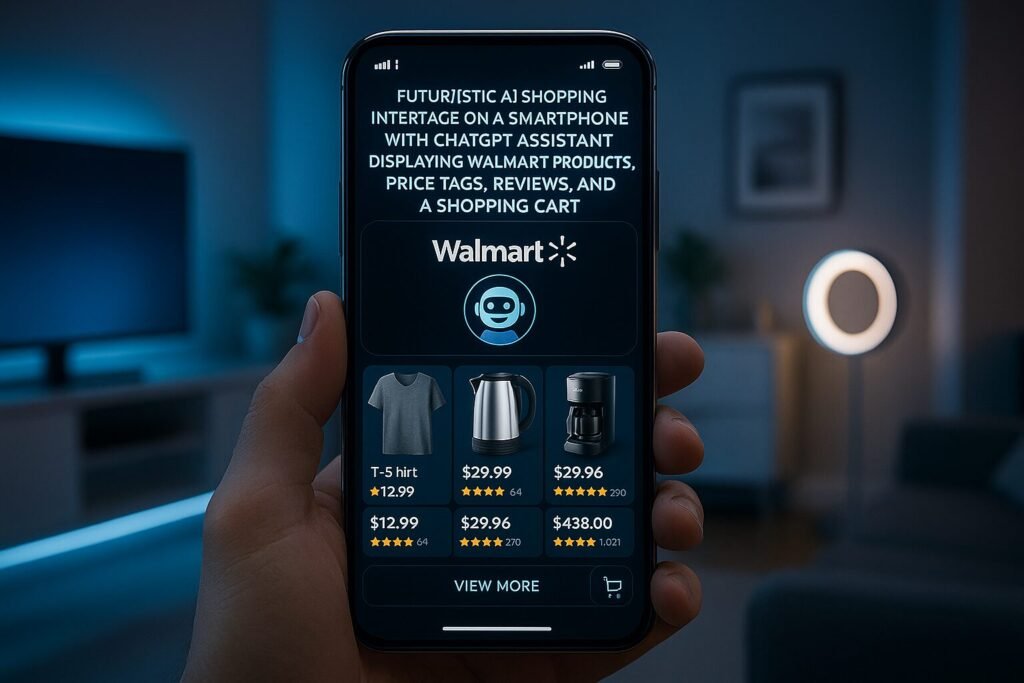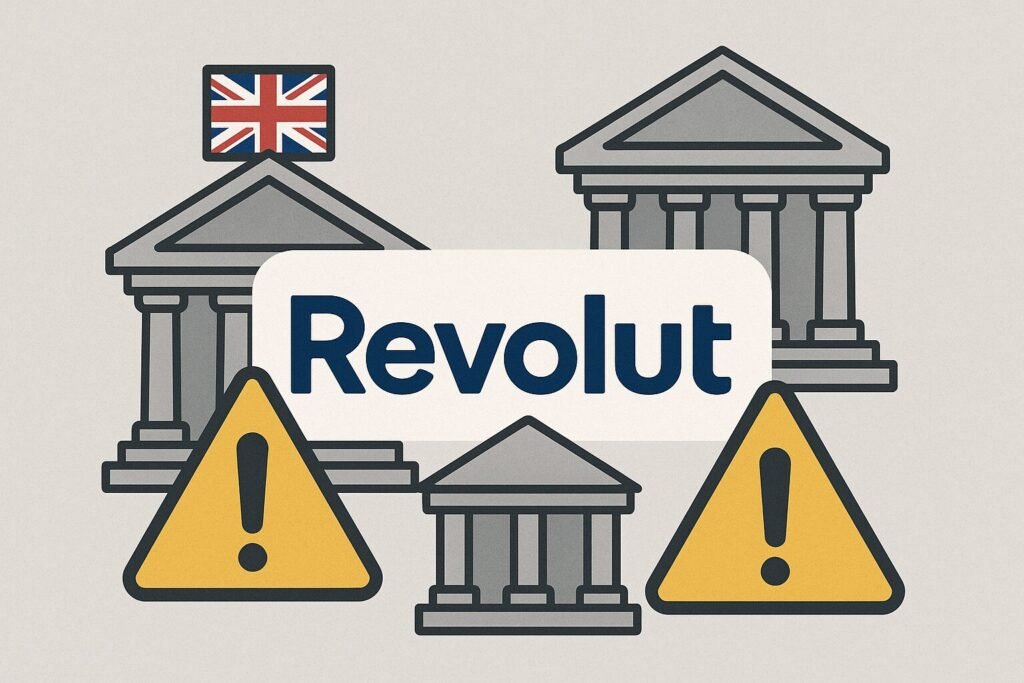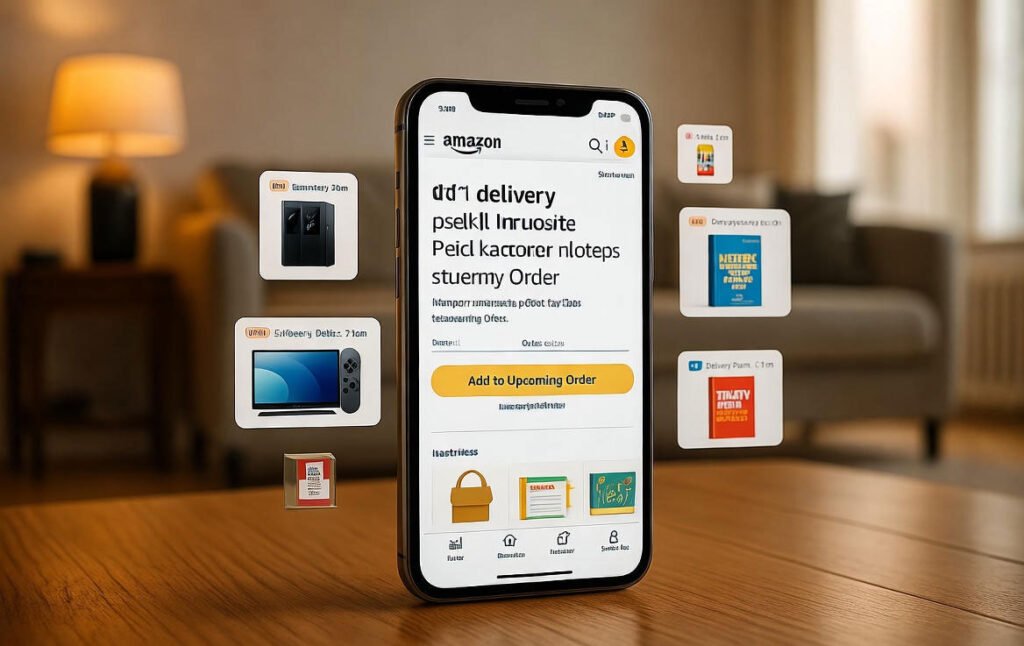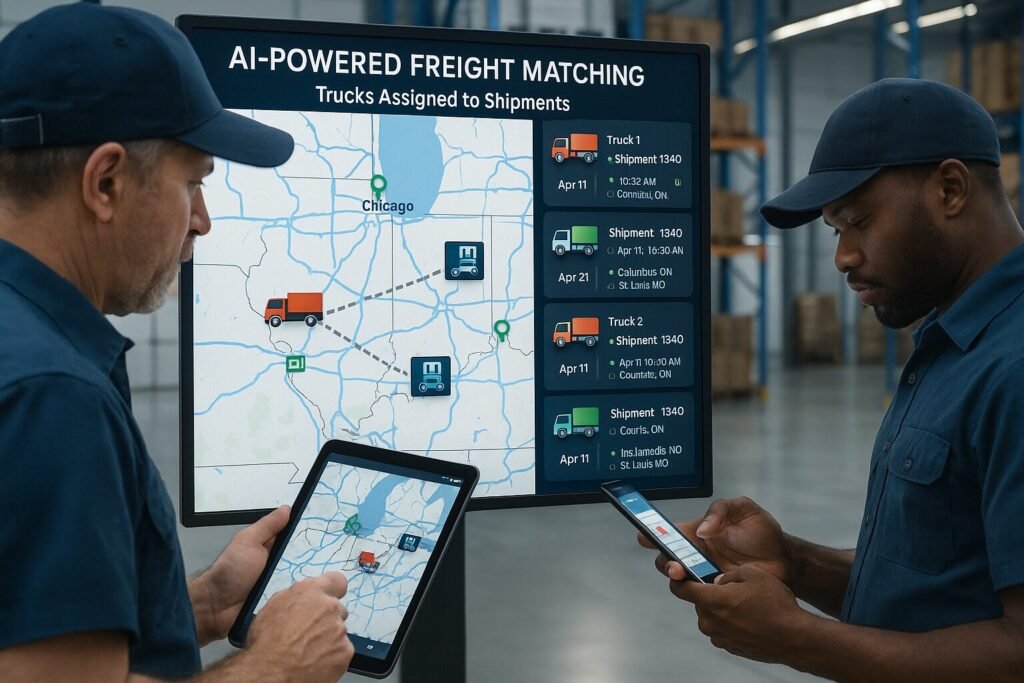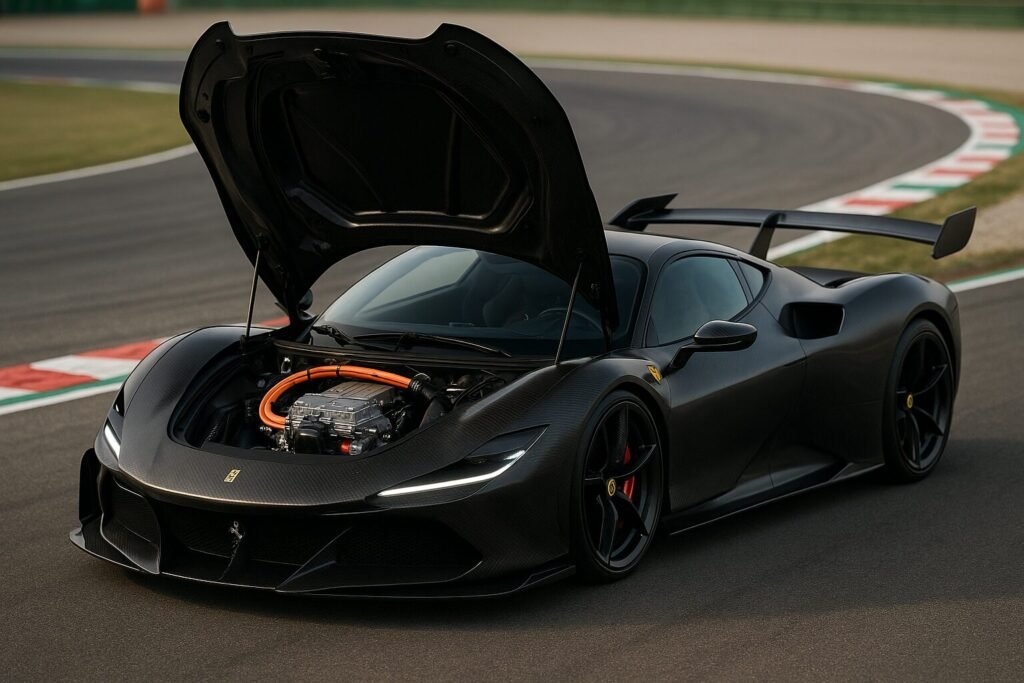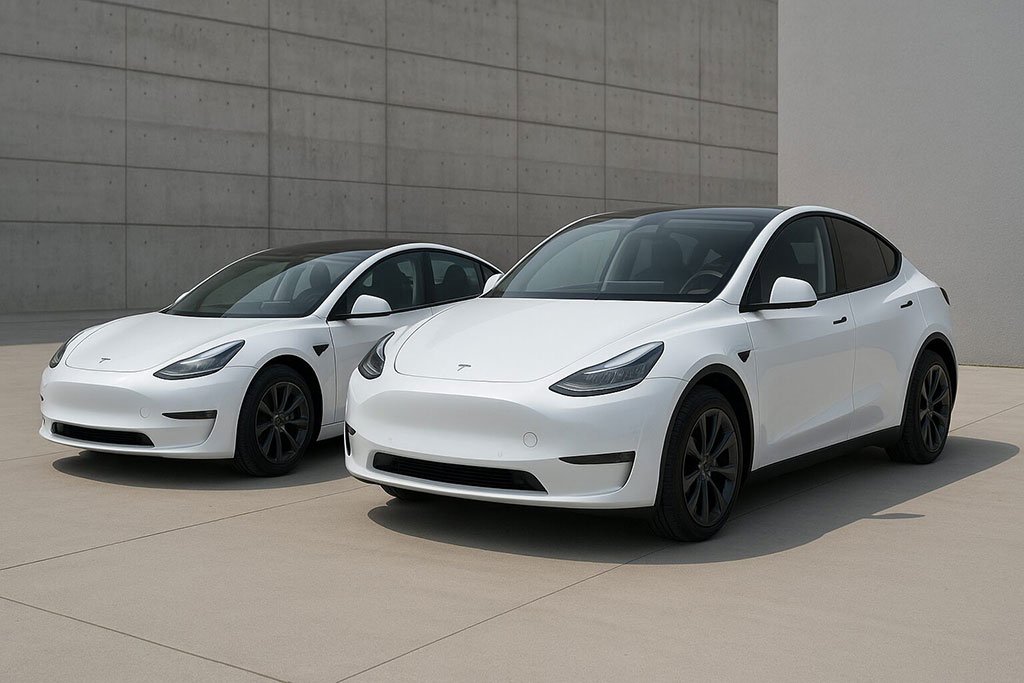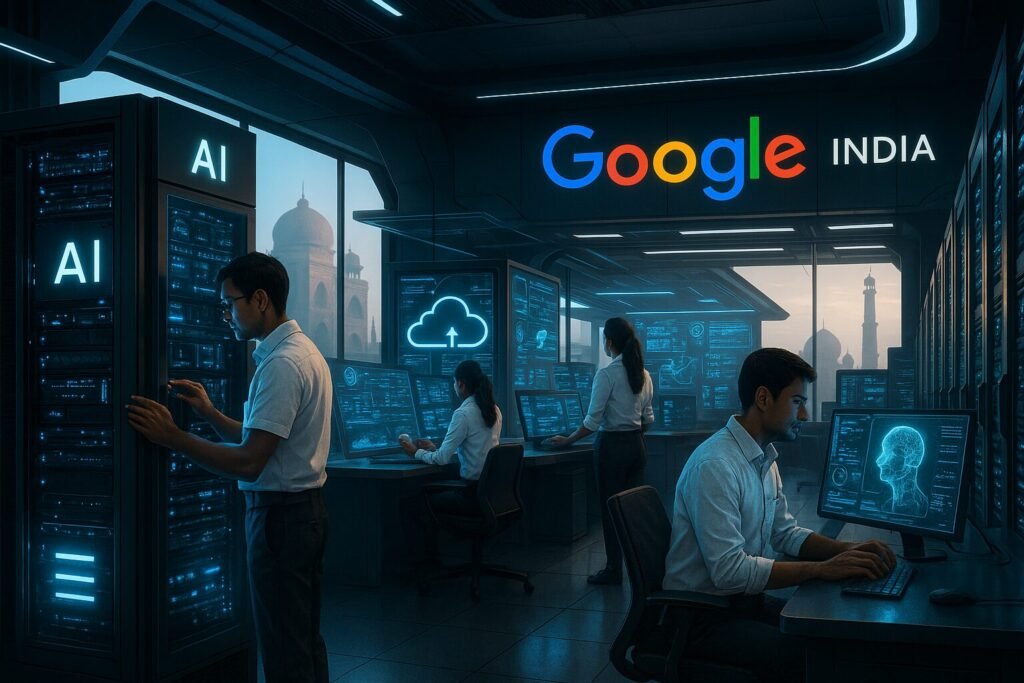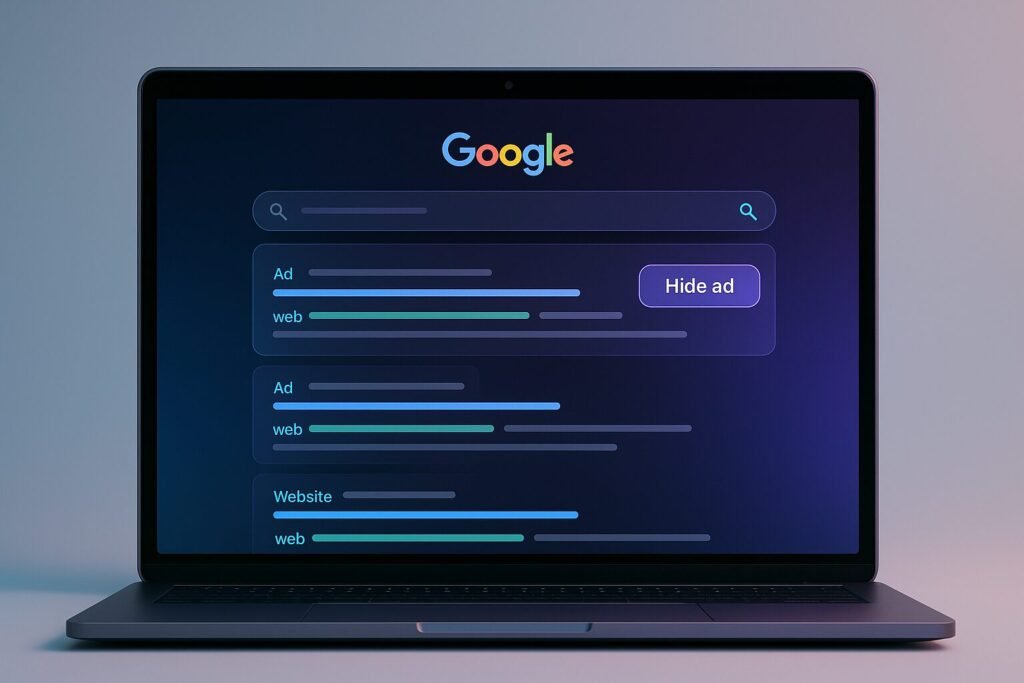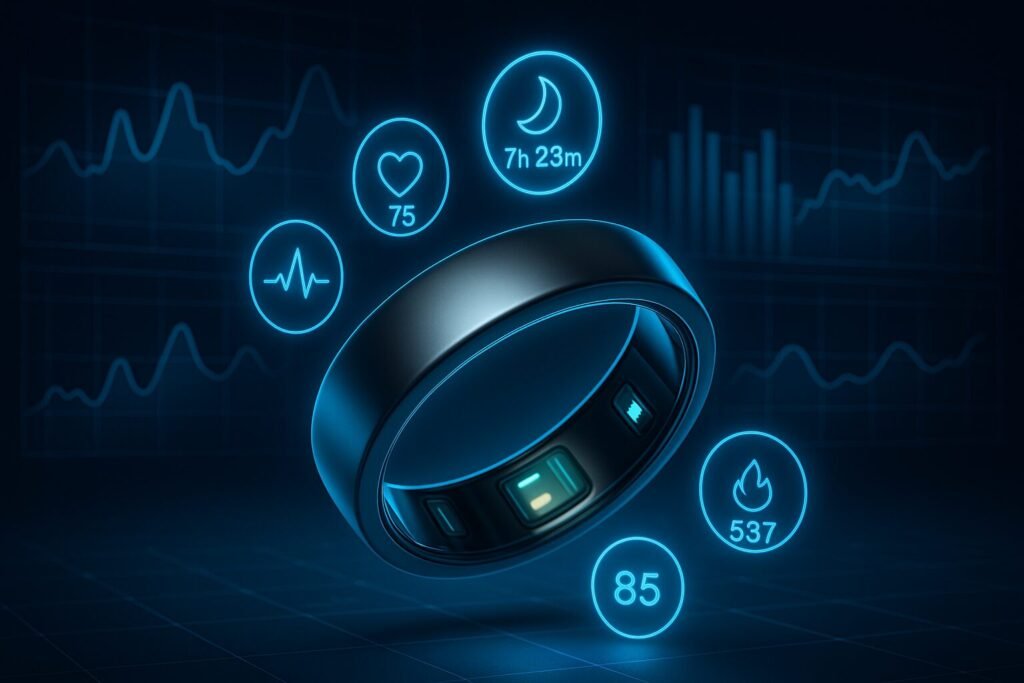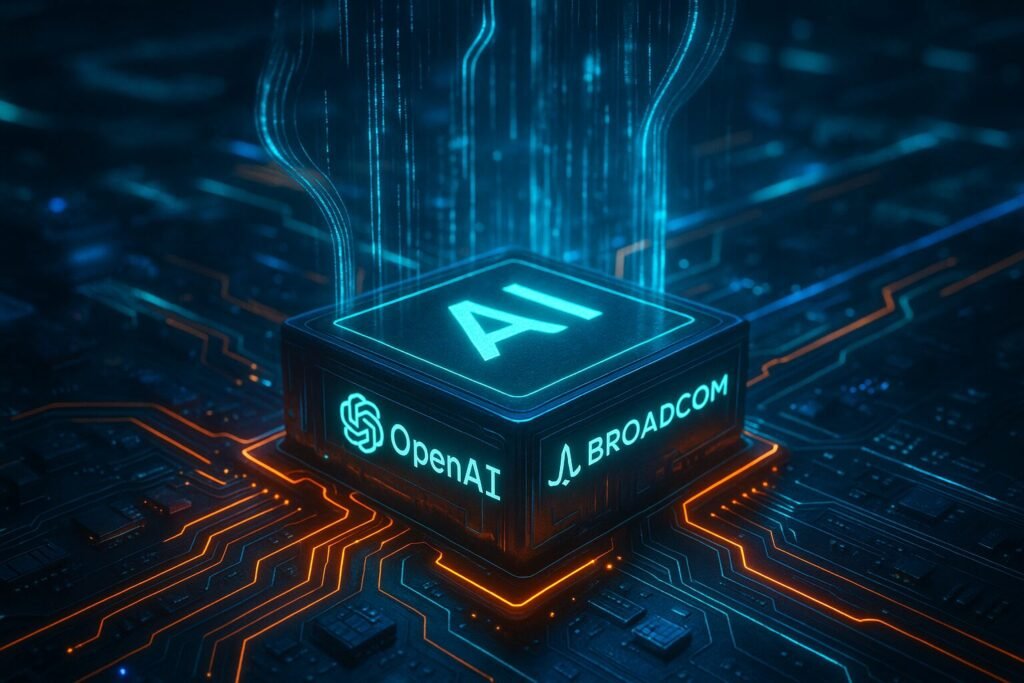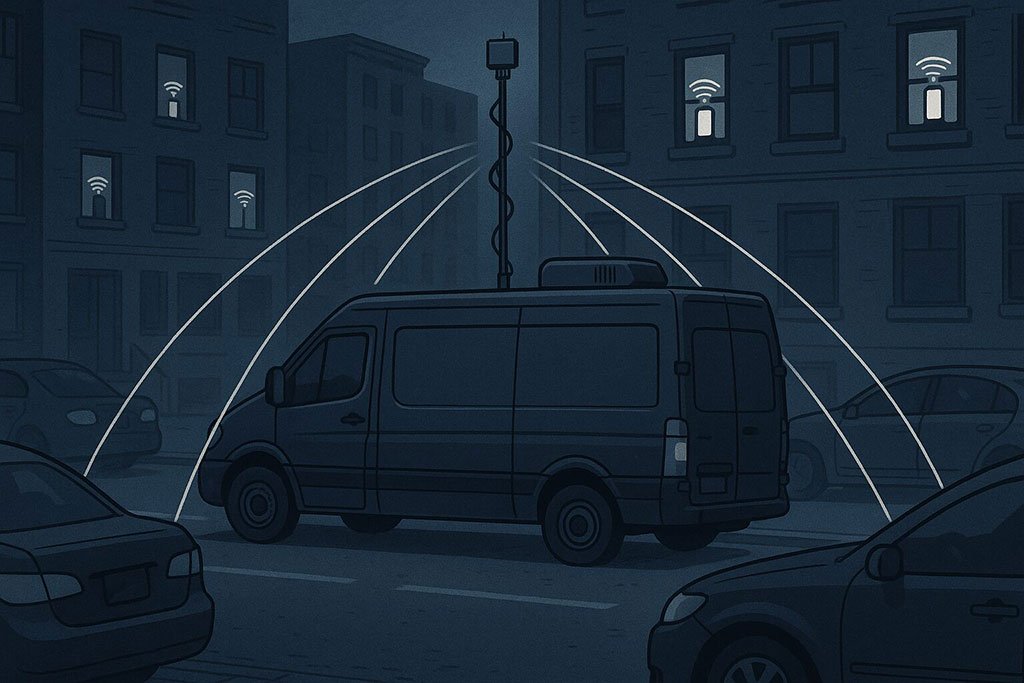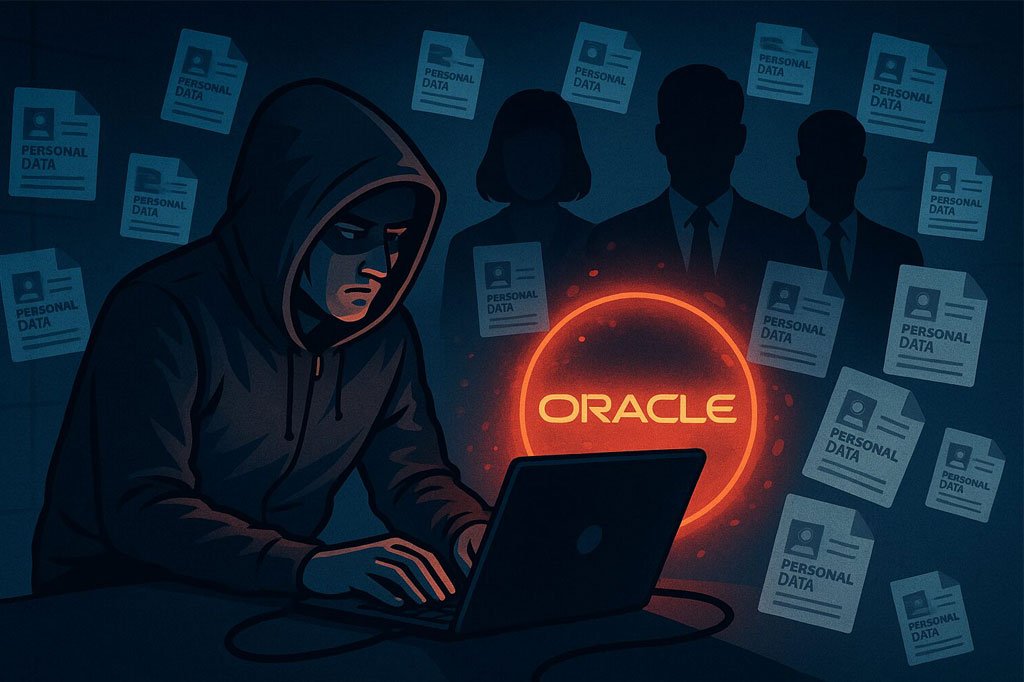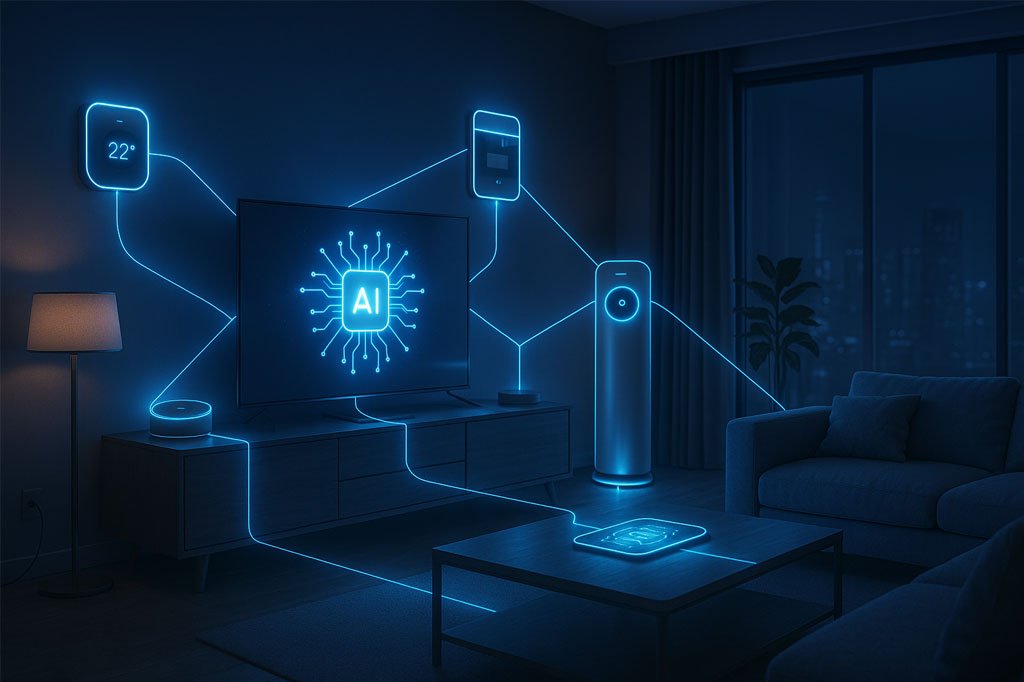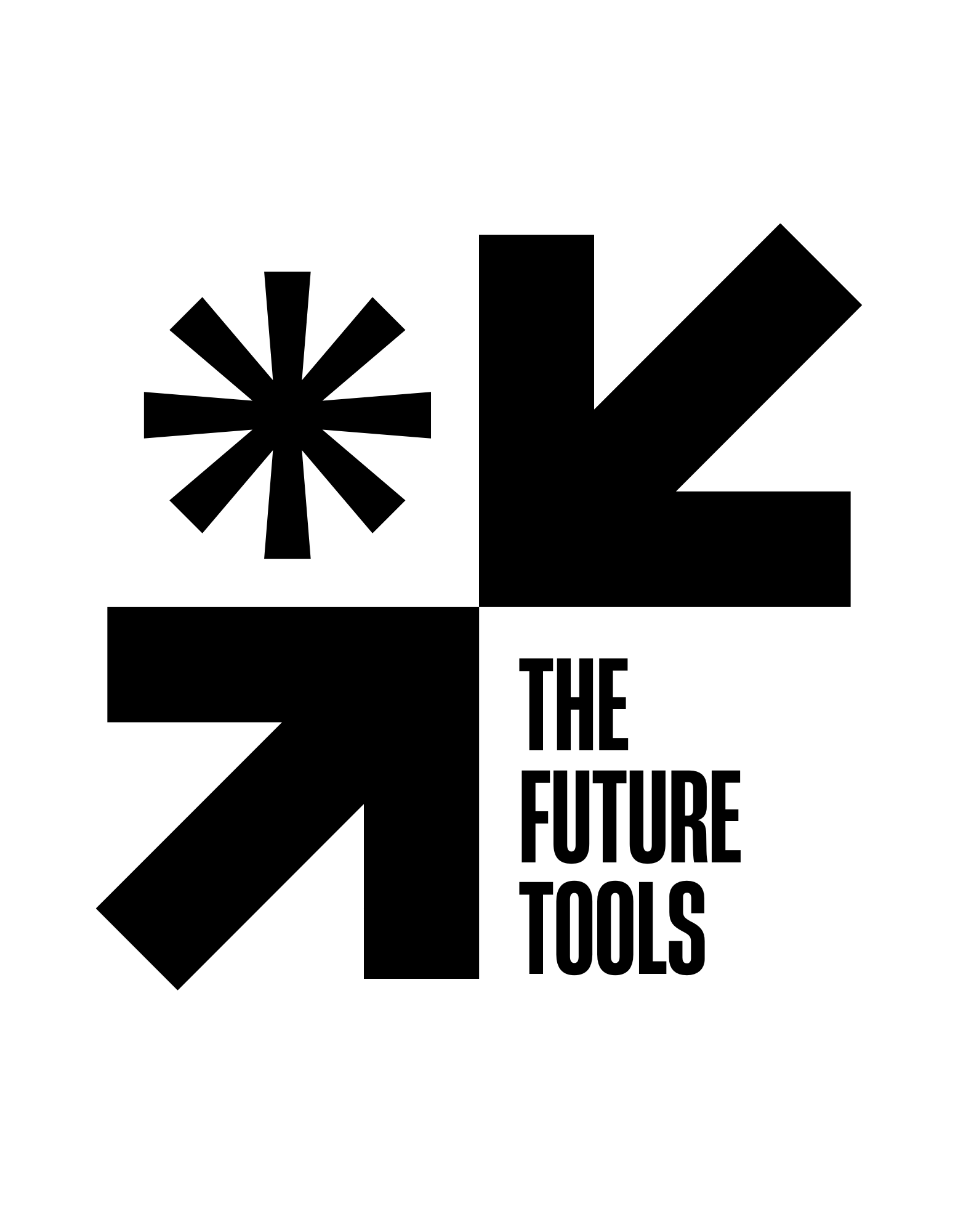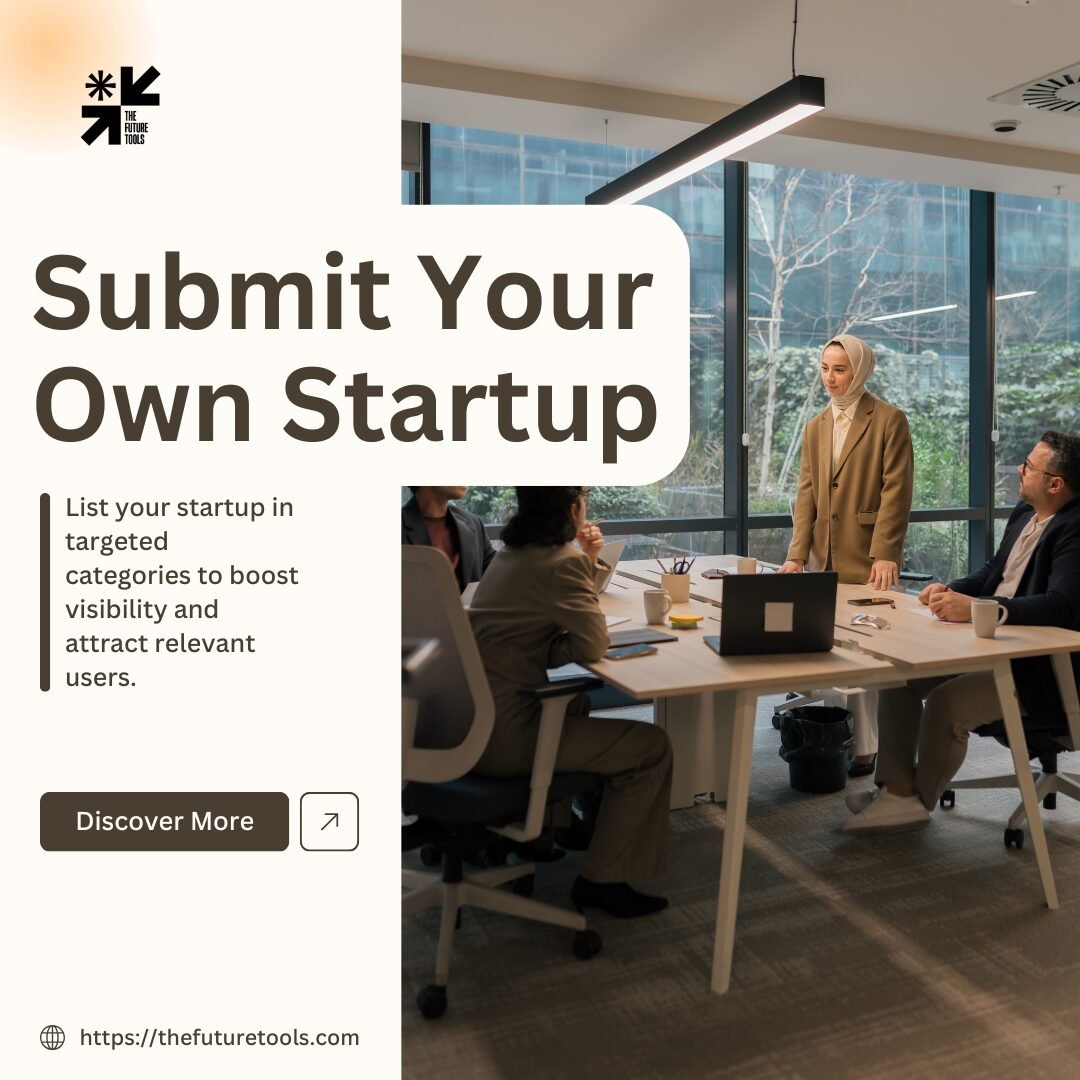Now Reading: Electroflow Aims to Produce LFP Materials at 40% Lower Cost Than Chinese Competitors
-
01
Electroflow Aims to Produce LFP Materials at 40% Lower Cost Than Chinese Competitors
Electroflow Aims to Produce LFP Materials at 40% Lower Cost Than Chinese Competitors
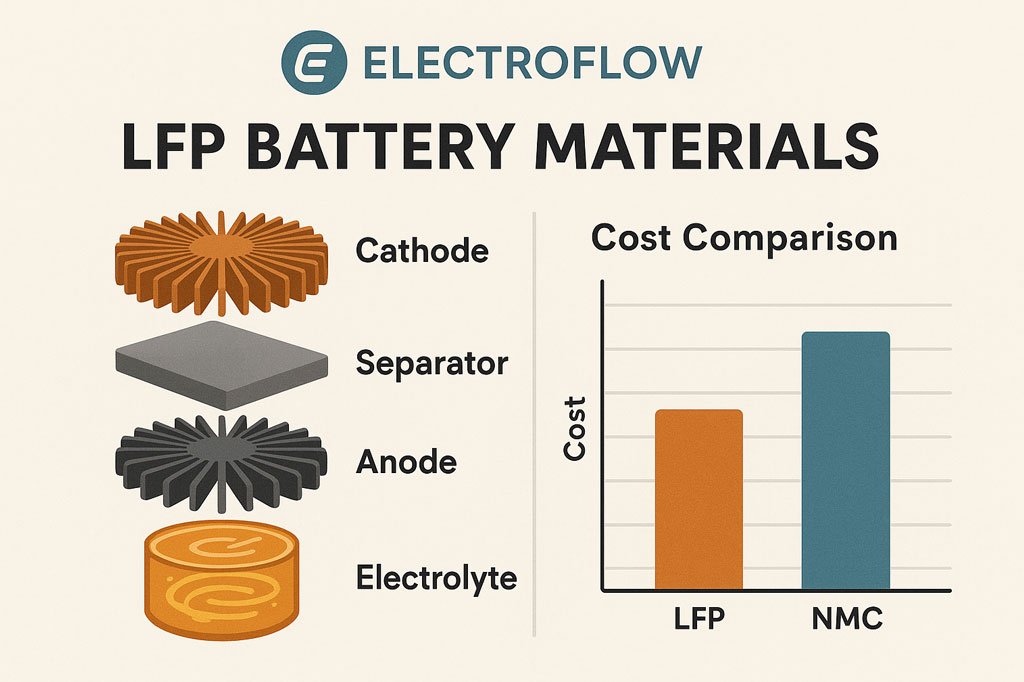
The electric vehicle (EV) revolution depends heavily on the availability of affordable, high-quality battery materials. Electroflow, an emerging player in the energy materials sector, has announced plans to produce lithium iron phosphate (LFP) materials at 40% lower costs than Chinese competitors.
This move has the potential to reshape the global battery supply chain, reduce costs for EV manufacturers, and accelerate the adoption of sustainable energy solutions. In this article, we explore the significance of Electroflow’s announcement, its implications for the industry, the technological innovations behind LFP production, and the global impact on EV and energy storage markets.
Why LFP Materials Matter
The Role of LFP in Batteries
Lithium iron phosphate (LFP) is a key material for lithium-ion batteries, prized for its:
-
High safety and thermal stability
-
Long cycle life
-
Lower environmental impact compared to cobalt-based cathodes
LFP batteries are widely used in electric vehicles, energy storage systems, and renewable energy applications. By offering cost-effective LFP production, Electroflow can make EVs and grid storage solutions more accessible globally.
Cost Challenges in LFP Production
Currently, China dominates global LFP production, leveraging economies of scale and established supply chains. However, high dependency on a single region creates:
-
Price volatility for global manufacturers
-
Supply chain risks for EV and energy storage companies
-
Barriers for countries seeking local production solutions
Electroflow’s strategy to cut production costs by 40% introduces competition and resilience into the market.
Electroflow’s Approach: How They Aim to Reduce Costs
Technological Innovations
Electroflow leverages advanced material synthesis techniques, efficient energy usage, and scalable production processes to reduce costs. Key strategies include:
-
Optimized Raw Material Sourcing: Reducing input costs without compromising quality.
-
Energy-Efficient Manufacturing: Cutting operational expenses while maintaining high yield.
-
Process Automation: Minimizing labor and production errors for consistent output.
These approaches enable Electroflow to deliver high-quality LFP at a fraction of current market costs.
Strategic Advantages
-
Diversification from China: Provides alternative sourcing for global battery manufacturers.
-
Sustainability Focus: Lower energy use and reduced environmental footprint.
-
Market Disruption: Puts pressure on incumbent producers, potentially lowering global battery costs.
Implications for the EV Industry
Making EVs More Affordable
LFP batteries are already popular in mid-range EVs due to their safety and longevity. By reducing LFP costs by 40%, Electroflow can:
-
Lower the price of EV battery packs
-
Make electric vehicles more competitive against internal combustion engine cars
-
Encourage adoption in emerging markets
Strengthening Energy Storage
Cheaper LFP materials also enhance grid-scale energy storage systems, which are crucial for integrating renewable energy sources like solar and wind. Electroflow’s approach could accelerate clean energy adoption globally.
Pros and Cons
Pros:
-
Significant cost reduction in battery production
-
Alternative supply chain to reduce reliance on China
-
Supports EV adoption and renewable energy expansion
-
Potentially more environmentally sustainable production
Cons / Considerations:
-
Scaling production to meet global demand may take time
-
Competing against established Chinese producers is challenging
-
Market adoption depends on reliability and consistency of Electroflow’s supply
Market Trends and Competitive Landscape
-
China: Currently dominates ~80% of LFP production globally
-
Europe & North America: Seeking localized, competitive supply chains
-
Emerging Markets: Need affordable batteries for electrification of transport and energy storage
Electroflow’s cost advantage positions it as a strategic player in global EV and energy markets, contributing to more diverse and resilient battery supply chains.
Disrupting the Global Battery Market
Electroflow’s initiative represents a major step toward cost-effective, sustainable battery production. By offering LFP materials at 40% lower cost, the company:
-
Introduces competition to Chinese dominance
-
Reduces EV and energy storage costs
-
Supports global adoption of electric vehicles and clean energy
For global manufacturers, policymakers, and sustainability advocates, Electroflow is a promising new player in the shift toward affordable, efficient, and environmentally responsible battery solutions.
FAQs
Q1: What is LFP material?
Lithium iron phosphate (LFP) is a battery cathode material used for EVs and energy storage, valued for safety, long life, and cost efficiency.
Q2: How much cheaper will Electroflow’s LFP be?
Electroflow claims to reduce production costs by approximately 40% compared to current Chinese producers.
Q3: Who benefits from this cost reduction?
EV manufacturers, energy storage companies, and ultimately consumers will benefit from lower battery costs.
Q4: How soon will Electroflow’s LFP enter the market?
The timeline depends on scaling production and securing partnerships with battery and EV manufacturers.
Subscribe to our newsletter for the latest updates on battery innovation, EV technology, and renewable energy solutions.
Disclaimer:
All logos, trademarks, and brand names referenced herein remain the property of their respective owners. Content is provided for editorial and informational purposes only. Any AI-generated images or visualizations are illustrative and do not represent official assets or associated brands. Readers should verify details with official sources before making business or investment decisions.

